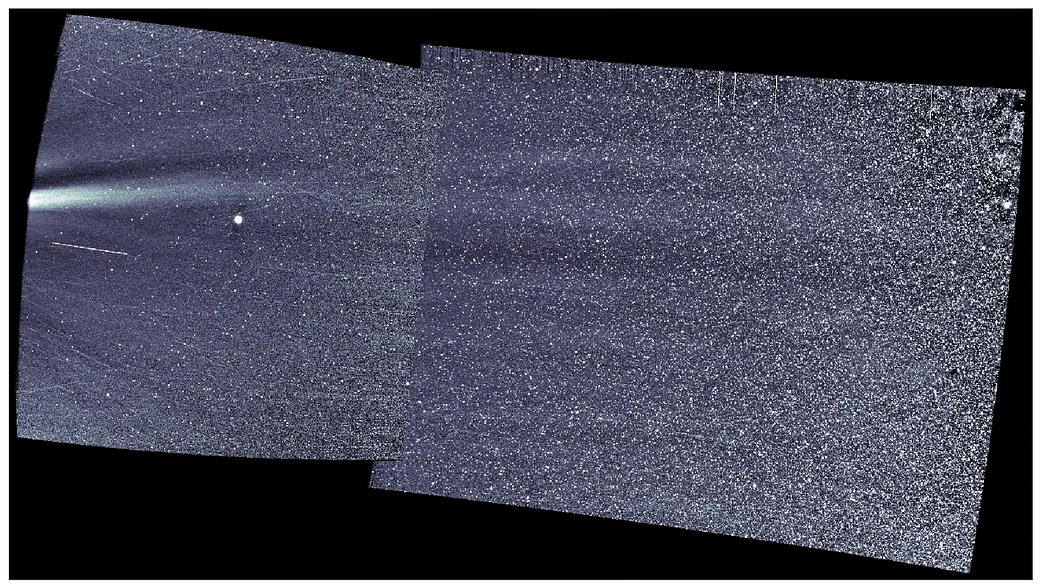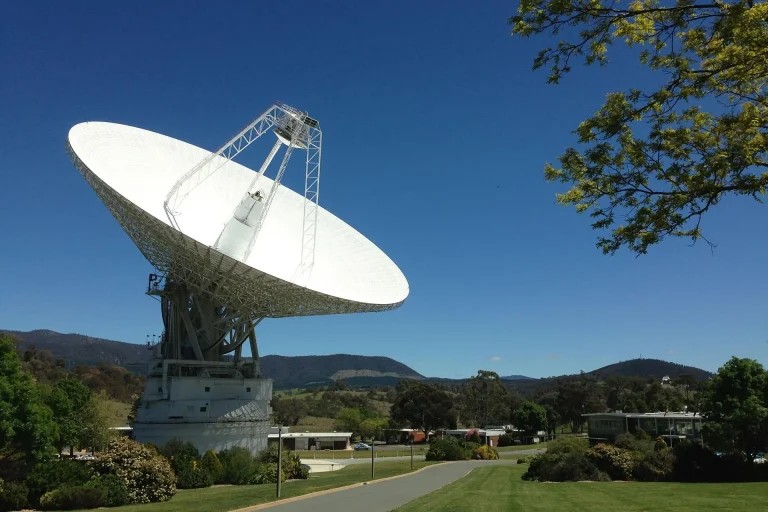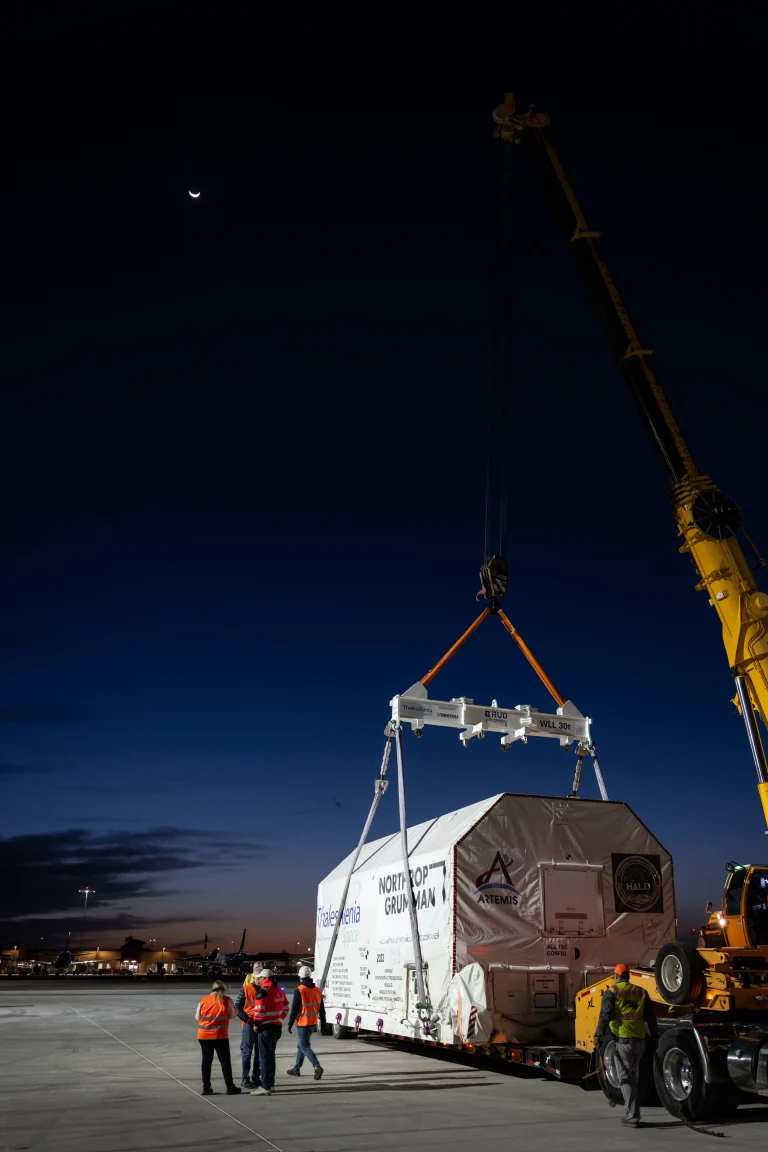In the year since its launch, the Parker Solar Probe has collected a host of scientific data from two close passes of the Sun.
In this image, the craft’s WISPR instrument saw the solar wind streaming past during the spacecraft’s first solar encounter in November 2018.
The spacecraft carries four suites of scientific instruments to gather data on the particles, solar wind plasma, electric and magnetic fields, solar radio emission, and structures in the Sun’s hot outer atmosphere, the corona. This information will help scientists unravel the physics driving the extreme temperatures in the corona — which is counterintuitively hotter than the solar surface below — and the mechanisms that drive particles and plasma out into the solar system.
Image Credit: NASA/Naval Research Laboratory/Parker Solar Probe
自发射以来的一年中,帕克太阳探测器已经从两次近距离的太阳活动中收集了大量的科学数据。
在这张图片中,飞船的WISPR仪器在2018年11月飞船第一次遇到太阳的时候看到太阳风呼啸而过。
该航天器携带四套科学仪器,收集有关粒子、太阳风等离子体、电场和磁场、太阳射电辐射以及太阳炽热外层大气日冕结构的数据。这一信息将帮助科学家解开日冕中驱动极端温度的物理机制,以及将粒子和等离子体推入太阳系的机制。日冕的温度比太阳表面的温度要高,这与人们的直觉相反。
图片来源:NASA/Naval Research Laboratory/Parker Solar Probe







